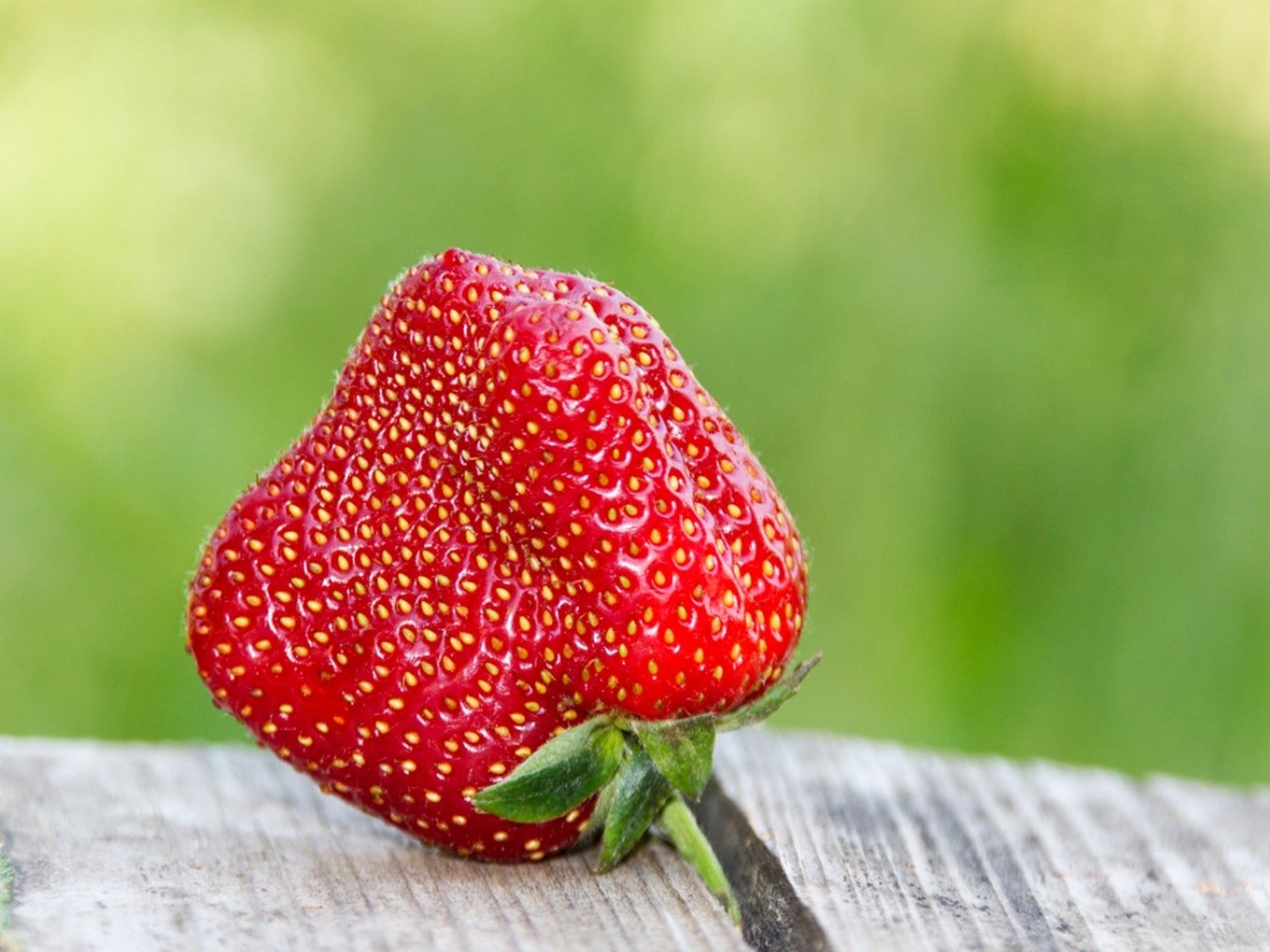
So, it’s late spring and I’ve been salivating since last year; it’s strawberry harvest time. Wait, there’s something wrong. My strawberries are misshapen. Why do strawberries get deformed, and what can be done about it? Read on to find out what causes deformed strawberries and whether or not you can eat them.
Why Do Strawberries Get Deformed?
First of all, weird looking strawberries don’t necessarily mean they are inedible; it just means they’re weird looking strawberries. Yes, there is no doubt a reason for misshapen strawberries like these. There are three reasons for deformity in strawberries with a possible fourth put forward for discussion:
Poor pollination. The first reason is the most likely and has to do with lack of pollination. This can be discerned vs. other types of deformity by fruit that has variable seed size. The large seeds were pollinated, and the small seeds were not. This happens more commonly in the spring after cool weather, and frost protection in the form of row covers has limited bee activity.
Frost damage. Hand in hand with a lack of pollination and another reason for misshapen berries is frost injury. If you didn’t provide the strawberries with frost protection, light frost injury can cause deformities. This is diagnosed by examining flowers that are adjacent to the deformed berries. They will have blackened centers indicating frost injury.
Nutrient deficiency. Like all plants, strawberries need nutrients. Boron is one of the most commonly deficient micronutrients amongst strawberries, as it is prone to leaching. While boron deficiency causes several symptoms, the most noticeable are deformed berries, asymmetrical leaves, and stubby roots. To verify a deficiency in boron, a leaf analysis is required.
Insect pests. Lastly, another reason for misshapen berries is thrips or lygus bugs feeding on the fruit. Here to dispel the myth, thrips feeding on strawberries does not distort the fruit. It may cause bronzing near the stem end of the fruit, however.
Lygus bugs (Lygus hesperus) are another matter. They can and will cause misshapen berries (actually it’s the nymphs), but they are rarely active until late in the growing season, so if you have distorted berries in the spring or early summer, it is unlikely it is caused by lygus bugs. Rather the cause is almost certainly due to poor pollination, frost damage, or a boron deficiency.
Sign up for the Gardening Know How newsletter today and receive a free copy of our e-book "How to Grow Delicious Tomatoes".

Amy Grant has been gardening for 30 years and writing for 15. A professional chef and caterer, Amy's area of expertise is culinary gardening.
